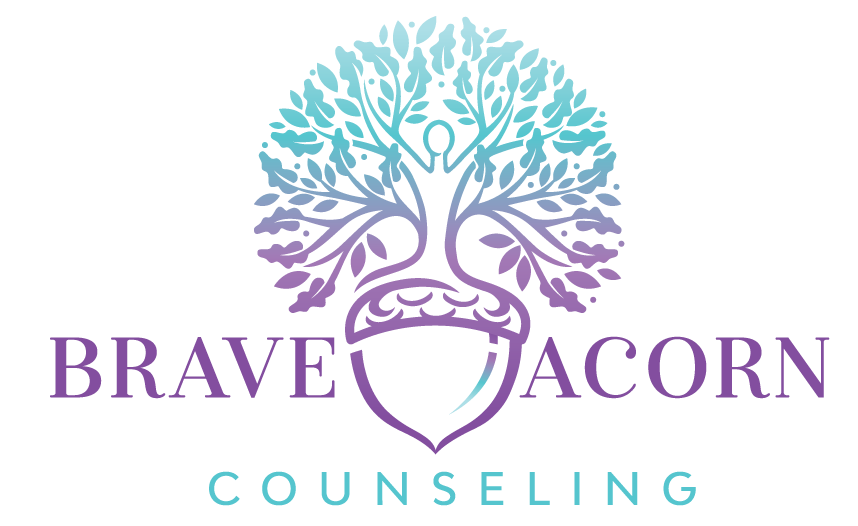ANGER

“Early in human history emotions were known as the passions, because people were passive receivers of them. It is only in the more recent centuries that the term emotion (e-motion, to move out, emphasizing the action tendency aspect) began to be used” (Greenberg, 2008, p. 14).
Currently, we tend to view emotions such as panic, anxiety, shame, anger, or depression as problematic (sometimes even pathological) and use that view to justify trying to get rid of them in whatever way possible. A tremendous amount of research, however (most of it within the last few decades), concludes that attempting to control feelings typically makes matters worse, not better.
Antonio Damasio, a neuroscientist, concisely defines emotions as “action-requiring neurological programs” (2010, emphasis mine). “In a nutshell, people must pay attention to their emotions and give them equal status to thought and action. It is the integration of emotion and reason that results in a whole that is greater than the sum of its parts. It is not that the experience of emotion alone leads people to wise action. . . . How people make sense of their emotional experience and how they use it is what makes the difference. Awareness of emotion and the ability to enable emotion to inform reasoned action is what is necessary for emotional intelligence” (Greenberg, 2008, p. 10, emphasis mine).
To date, Karla McLaren’s work (2010, 2013, 2020) is the best “user’s guide” for working with individual emotions that I have come across. Her work helps us learn to honor and collaborate with emotions in order to help navigate life’s daily challenges.
So…does anger qualify for our respectful collaboration? “Surely not!” proclaim some very trusted sources:
“Fear is the path to the dark side. Fear leads to anger. Anger leads to hate. Hate leads to suffering.” ~ Master Yoda
“Holding on to anger is like grasping a hot coal with the intent of throwing it at someone else: you are the one who gets burned.” ~ Buddha
“Feelings of anger, bitterness, and hate are negative. If I kept those inside me, they would spoil my body and my health. they are of no use.” ~ Dalai Lama
Here is why anger is so very important: it is all about boundaries.
Without boundaries, we lose sense of who we are separate from others.
“Learning to define your boundaries certainly involves communication skills, but I’ve found that you can’t start there. In fact, I’d say that boundary definition is more of a behavioral and developmental process, in which you actually have to retrain yourself and learn to identify yourself as a distinct individual with distinct emotions, ideas, preferences, and requirements. This, in turn, makes you more able to understand others as distinct individuals” (McLaren, 2013, p. 108).
Anger is essential for learning how to co-exist as individuals within in groups (large and small) without requiring that everyone be the same. Boundaries define our self-image, standpoint, voice, position. “When someone tries to disrespect you, anger should come forward to protect your boundaries honorably” (McLaren 2013, p. 90).
Think of anger as an honorable sentry or castle guard. “Anger sets your boundaries by walking the perimeter of your soul and keeping an eye on you, the people around you, and your environment” (McLaren, 2010, pp. 167-168).

“When we drop our vital, anger-supported boundaries and ignore our individual needs and wishes, we become spectacularly unprotected (we lose the ‘skin’ of our psyches). This then sets off a chain reaction of emotional disturbance and psychological instability” (McLaren, 2010, p. 170).

Without a skilled relationship to their own anger, a person might learn to substitute other behaviors (besides boundaries) or other emotions (besides anger) to establish a defined sense of self or a ring of protection around them. Eating disorders and substance abuse are common examples of the boundary-forming behaviors that I see people come into my practice with. The problematic behavior serves as a cloak of pseudo-protection around a person whose core issue for coming to therapy is often lack of sense of self outside this self-defining behavior. It creates their sense of self for them and, simultaneously, acts as a pseudo-protection for their more vulnerable aspects of self which they find shameful or terrifying.

- When sadness shows up to create a boundary, it might look like crying instead of being assertive (especially if this results in others backing off the issue).
- When shame shows up to create a boundary, it might look like blaming self instead of addressing the situation inter-personally (especially if this results in the other person sticking around instead of leaving).
- When depression shows up to create a boundary, it might look like avoidance or lack of energy being the thing that gives a person the distance they need (it acts as their “no” to interpersonal interactions).
- When panic shows up to create a boundary, it might look like a fight, flight, or freeze reaction instead of an ethical and relational response (especially if this results in creating physical or emotional distance in relationships).
- What do I value?
- What needs to be protected and restored?
- Anger is ethical. “We’ve all been trained to use anger as strength over others instead of strength within ourselves. (McLaren, 2013, p. 70). In conflict, all parties are protected and restored by the use of anger. Anger honors boundaries for self as well as others.
- Anger is relational. Relationships go two ways. Anger is an inter-personal emotion that respects both people involved.
- You: “The healthy action for anger is to take hold of its strength so you can address any boundary violations honestly and without cruelty. This healthy action helps your relationships deepen and flourish; therefore, you shouldn’t repress your anger (in a pantomime of politeness) as a matter of course” (McLaren, 2013, p. 70).
- The other person: “If you ignore or repress anger, you’re teaching people that it’s totally okay to be unkind and insensitive, and you’re helping them become less skilled, less socially aware, and less valuable in the social world. You’re not doing them any favors; you’re actually dishonoring them” (McLaren, 2013, p. 91).
Here is a poem by David Whyte (2015) that captures the heart of anger:
- Damasio, A. (2010). Self comes to mind: Constructing the conscious brain. NY: Pantheon.
- Greenberg, L. (2008). Emotion-focused therapy: Coaching clients to work through their feelings. Washington, D.C.: American Psychological Association.
- McLaren, K. (2010). The language of emotions: What your feelings are trying to tell you. Boulder, CO: Sounds True.
- McLaren, K. (2013). The art of empathy: A complete guide to life’s most essential skill. Boulder, CO: Sounds True.
- McLaren, K. (2020). Embracing anxiety: How to access the genius of this vital emotion. Boulder, CO: Sounds True.
- Whyte, D. (2015). Consolations: The solace, nourishment and underlying meaning of everyday words. Langley, WA: Many Rivers Press.

